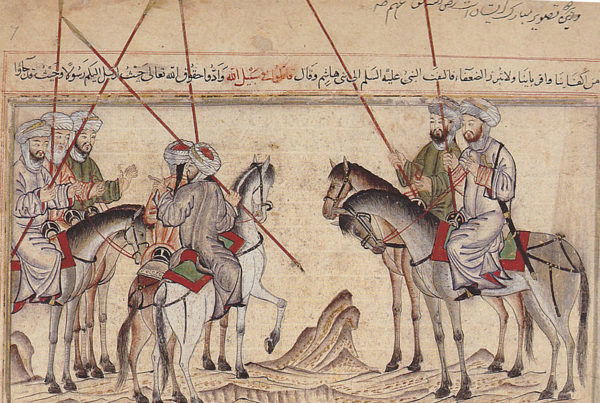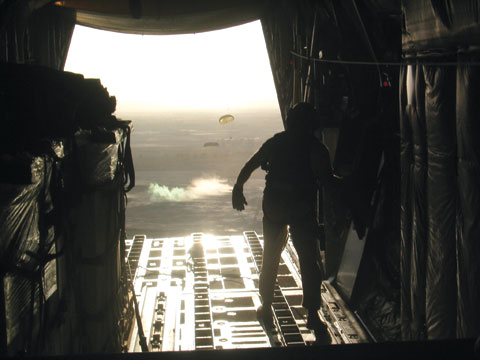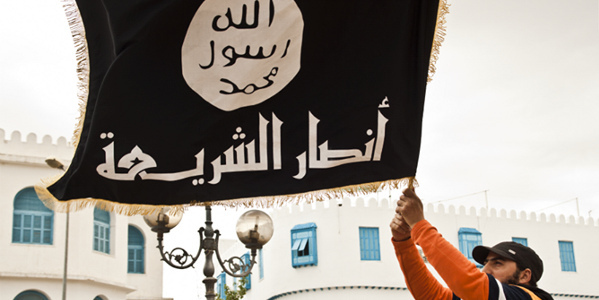 The American anti-terrorist doctrine has seen a rapid growth in robot warfare. By official definition, the U.S. Army identifies a drone as being “a land, sea, or air vehicle that is remotely or automatically controlled”. Whether ‘unmanned aerial vehicles’ (UAVs) or ‘unmanned combat aerial vehicles’ (UCAVs), the operational range that drones now have play a large role in their responsibilities extending from harmless intelligence surveillance to targeted killings. The use of drones in battle has raised debate about the morals and ethics of using such type of warfare and its socio-political impacts. It has changed the landscape of war and embodies an ever-growing disagreement within and outside the military community about its legality and effectiveness in carrying out its strategic objectives.
The American anti-terrorist doctrine has seen a rapid growth in robot warfare. By official definition, the U.S. Army identifies a drone as being “a land, sea, or air vehicle that is remotely or automatically controlled”. Whether ‘unmanned aerial vehicles’ (UAVs) or ‘unmanned combat aerial vehicles’ (UCAVs), the operational range that drones now have play a large role in their responsibilities extending from harmless intelligence surveillance to targeted killings. The use of drones in battle has raised debate about the morals and ethics of using such type of warfare and its socio-political impacts. It has changed the landscape of war and embodies an ever-growing disagreement within and outside the military community about its legality and effectiveness in carrying out its strategic objectives.
In Drone Theory, French philosopher Grégoire Chamayou attempts to address a multitude of arguments about drones in the battlefield. The author brings up both sides of each debate from techniques and tactics, to ethos and psyche, to necroethics “(combatant immunity)” and the principles of the right to kill. In the end he allows the reader to reach their own conclusions about the implications of drone use in warfare.
Chamayou begins by introducing the arguments for and against the use of drones. On one hand, he touches on the humanitarian reason for drones in war – that its accuracy saves civilian lives and its ability to be operated remotely saves soldiers’ lives, i.e. avoiding the need to putting ‘boots on the ground’. On the other hand, he questions the legality of using drones, asking who has the right to kill (as some civilian operators in control rooms have the authority to identify who is/isn’t a terrorist and execute an attack), and what is actually considered warfare when this new asymmetrical form of battle becomes “warfare without risk”.
The introduction of drones to the battlefield has contradicted everything that all military strategists have known. Challenging the classical definition of war by famed military theorist Carl von Clausewitz’, drone warfare has eliminated the very features that so as much define warfare. Using drones no longer constitutes a duel between two fighters. It no longer requires one to outfight the other to win. Instead, drones have presented a “manhunt” scenario where the hunter chases the prey and the prey must outrun the hunter in order to win. It is essentially a game of hide and seek.
After the Vietnam War, the U.S. military felt obliged to protect their soldiers at all costs. Soon, this type of thinking – a hunting rather than fighting scenario – would emerge as a means of appeasing the public as concerns grew over the protection of their soldiers, regardless of what possible effects it may have in casualties amongst civilians caught in the line of fire. Already considered ‘more moral’, drones would be saving more lives than if both sides were fighting a symmetrical battle. This is the logic of the lesser evil.
But Chamayou notes that heroism in warfare is not limited to risking one’s life in actual battle. Drawing from the personal opinions of military men and drone pilots, the author writes: “valor is about your motivations and the ends that you seek. It is doing what is right for the right reasons”. This is precisely the argument that those who are pro-drone have been advocating. Making a kill requires a certain kind of bravery, regardless of who the victims are.
The author also makes an interesting observation when considering what drones would look like in 25 years. Its ability to be easily accessible at low cost and controlled remotely without the risk of death or responsibility is a hauntingly terrifying perspective. Chamayou describes a future of nano-drones appearing to look like dragonflies, or autonomous robotic insects that would be able to navigate through small spaces and eliminate one individual target at any place, at any time. As he explains, “your room or study could become a war zone”. Likewise, this unconventional form of weapon can be extremely dangerous if it falls into the wrong hands.
Regardless of the position one takes on the use of drones in warfare, one thing is clear: the nature of war has changed and conventional understandings of the concept are now irrelevant. When those fighting are not soldiers and those targeted are not militants, the battlefield has shifted and so has everyone in it. Chamayou clearly acknowledges the circular arguments surrounding the definition of war and how drone theory has now included itself into it.







